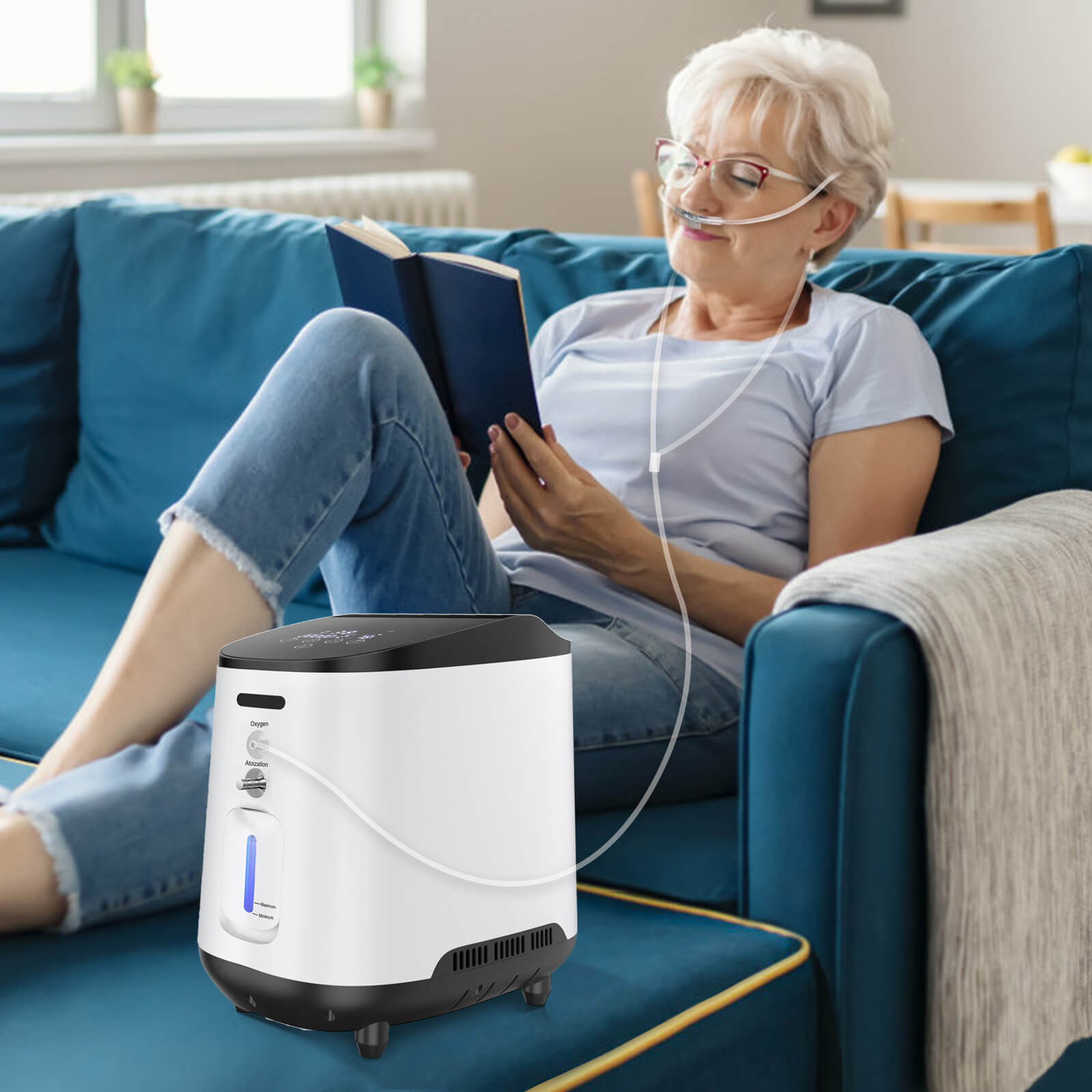Years ago, when I began to react to chemicals by getting sick or developing bad headaches, I searched until I found the answer to my problem. I lived in a small town in the mountains of North Carolina and my primary care doctor had no answers for me. But I discovered my wonderful nurse practitioner was willing to listen to me and help me.
I knew that when I was exposed to harsh chemicals, which are called forever chemicals today, I had to get outside and breathe in fresh air, or I could have an asthma attack. I changed my way of living. No chemicals in my house for cleaning, no fragrance products on me or in my house.
I asked my NP if she could prescribe home oxygen for me so that when I had an emergency from breathing some unknown product that affected me, I could breathe oxygen into my lungs.
"Your insurance won't pay for this, you know," she said to me.
"I will pay for it, but I need a prescription to get it."
That understanding and competent nurse did write the prescription, and for years, I rented an oxygen generator I kept by my bed. As time passed, I found I often needed oxygen at night to help me breathe. Still, I didn't have an oxygen reading low enough for my insurance, even Medicare, to pay for it. I was told my oxygen had to drop down to 85 before Medicare considered I needed it. Mine often dropped to 91 or 92, and when it did, having the oxygen handy helped me remain out of a hospital.
Moving on to 2020, when I had COVID-19. I was so, so sick and did not know how dangerous this virus was because it would be a month before it had a name. Still suffering from symptoms, weeks later, I saw my primary care doctor, who diagnosed me with COVID-19.
I lost my sense of taste and smell, which has never returned, and I had the virus two more times. I believe I would have been hospitalized if I had not had oxygen at home.
I have all the symptoms listed by doctors at the Austin Health Center in Austin, Texas. Cough, shortness of breath, extreme fatigue after the slightest exertion, aching joints, muscle pain, loss of taste and smell, and possible damage to my heart and lungs. There is no cure, but there are ways to treat the symptoms, which I am doing most of the time. Extreme fatigue is the hardest to deal with. When I feel good, I want to do more than I should, and then I hit the wall and crash. I must go to bed and sleep for two or three hours. Sometimes, just going to the grocery store is too much.
This post was written two weeks ago, but was not posted. Much has happened since then. Read my next posts.

Glenda, I’ve missed you. It is good to see you post again but I am sad to learn you are suffering from long Covid. It is amazing to hear that you don’t qualify for insurance coverage of oxygen. By the time it is covered, people must be desperately sick. It is ridiculous. Hang in there, my friend! Wishing you the best.
ReplyDeleteI am so sorry. Extreme fatigue goes with my MS and is a blight.
ReplyDeleteLook after yourself as best you can.
Marie, thank you. I am still recovering and not very active. Yes, you would think my oxygen would be covered.
ReplyDeleteI know you must deal with some of the same issues I have, EC. MS is tough to handle and you amaze me with all you do. At this time, I need more help than usual but hope to do better in the next couple of weeks.
ReplyDelete